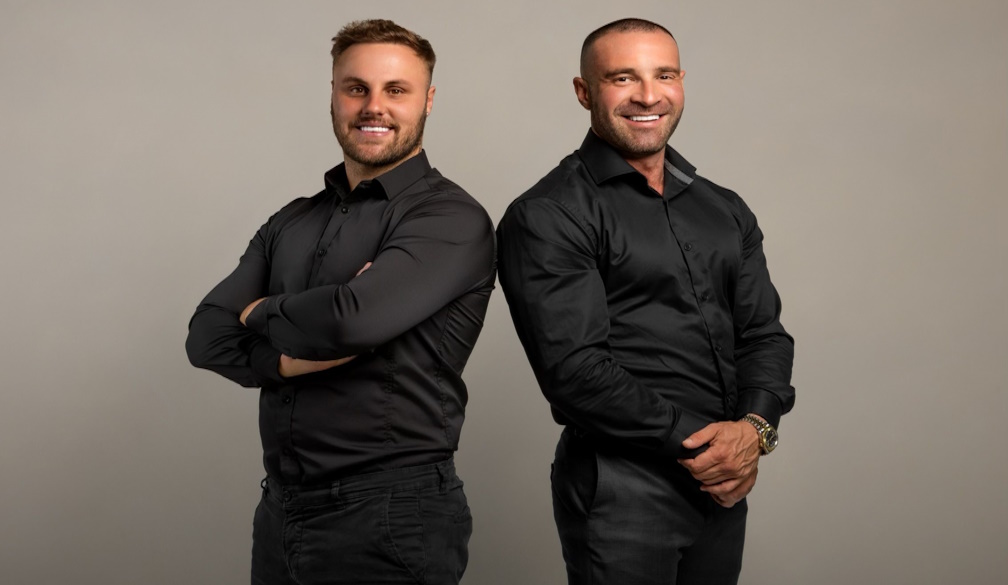People of color get so used to discrimination in stores they don't always notice bad customer service
- Written by Samantha N. N. Cross, Associate Professor of Marketing, Iowa State University

The Research Brief[1] is a short take about interesting academic work.
The big idea
People from underrepresented ethnic and racial groups tend to rate poor customer service less negatively than white people do, according to new peer-reviewed research[2] we co-authored.
Many companies in the service sector, such as banks and airlines, use customer satisfaction surveys so they can figure out how to improve their operations. There’s an implicit assumption that the feedback given will accurately reflect the actual quality of the service provided.
Companies may also assume[3] that customers, regardless of their socioeconomic background, will give similar evaluations for good service – and that people will recognize[4] poor or discriminatory service when they experience it.
Our research team wanted to see if that’s really the case.
In our first study, we recruited nine male small-business owners in Los Angeles to act as “mystery shoppers” to help us compare the treatment of different racial groups. They had similar ages, heights, builds and education; three were Black, three were Hispanic and three were white.
We then sent the men, who wore identical shirts and pants, to a total of 69 banks to ask for a loan based on identical customer profiles. They also secretly recorded the meetings using a camera embedded in their shirt – a method approved by the state’s attorney general’s office. After each meeting ended, participants filled out a questionnaire describing the experience, including their level of satisfaction.
Overall, we found that participants, regardless of race or ethnicity, reported similar levels of satisfaction during the bank encounters. Since past research[5] has found that Black and Hispanic customers experience objectively worse treatment, we wanted to dig deeper to understand why satisfaction levels were similar.
We analyzed 26 of the videos to see if there were objective disparities in how our mystery shoppers were treated. We found that Black and Hispanic participants were given significantly less time than white participants, waited longer to see a bank employee, and experienced other subtle forms of discrimination.
We wanted to see how pervasive these differing perceptions of good and bad customer service were for people from underrepresented groups. In two additional studies, we recruited over 300 people from a variety of backgrounds to watch clips from these videos that show positive and negative interactions and evaluate the encounters. We found that while all groups rated positive scenarios similarly, Black and Hispanic viewers tended to perceive negative experiences in a better light than white viewers.
Why it matters
Research has shown that discrimination in customer-worker interactions in the service sector is often difficult to detect and fix[6]. This is particularly challenging when the biases are subtle and less obvious in slights often referred to as microaggressions[7].
Unfortunately, customers from underrepresented ethnic or racial groups may become indifferent, desensitized or even accepting of repeated discriminatory service over time. In one-on-one exchanges in places like bank branches, customers may be less aware of discriminatory service because they are unable to directly compare the service they receive with that of other customers. So relying on customer feedback to detect service failures may be a poor way to fix discriminatory behavior.
Research has shown[8] that discrimination in financial services has far-reaching implications for underrepresented consumers. These include the inability to get a loan or mortgage, accumulate savings and build wealth. Financial service institutions’ reputation for discrimination[9] also makes it difficult for these companies to attract employees and customers.
To avoid these problems, we believe managers should find more objective ways to evaluate the discriminatory treatment of underrepresented customers and find ways to improve.
What’s next
We believe more research is needed on the underlying assumptions managers make in tracking, evaluating and eliminating discriminatory behavior – which, in our view, is the ultimate service failure.
References
- ^ Research Brief (theconversation.com)
- ^ new peer-reviewed research (doi.org)
- ^ may also assume (doi.org)
- ^ people will recognize (doi.org)
- ^ Since past research (doi.org)
- ^ difficult to detect and fix (doi.org)
- ^ often referred to as microaggressions (doi.org)
- ^ Research has shown (doi.org)
- ^ reputation for discrimination (thearf-org-unified-admin.s3.amazonaws.com)







